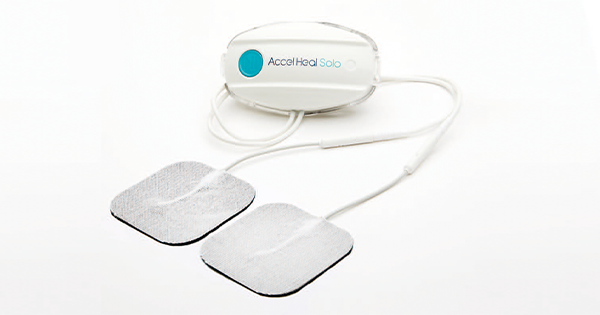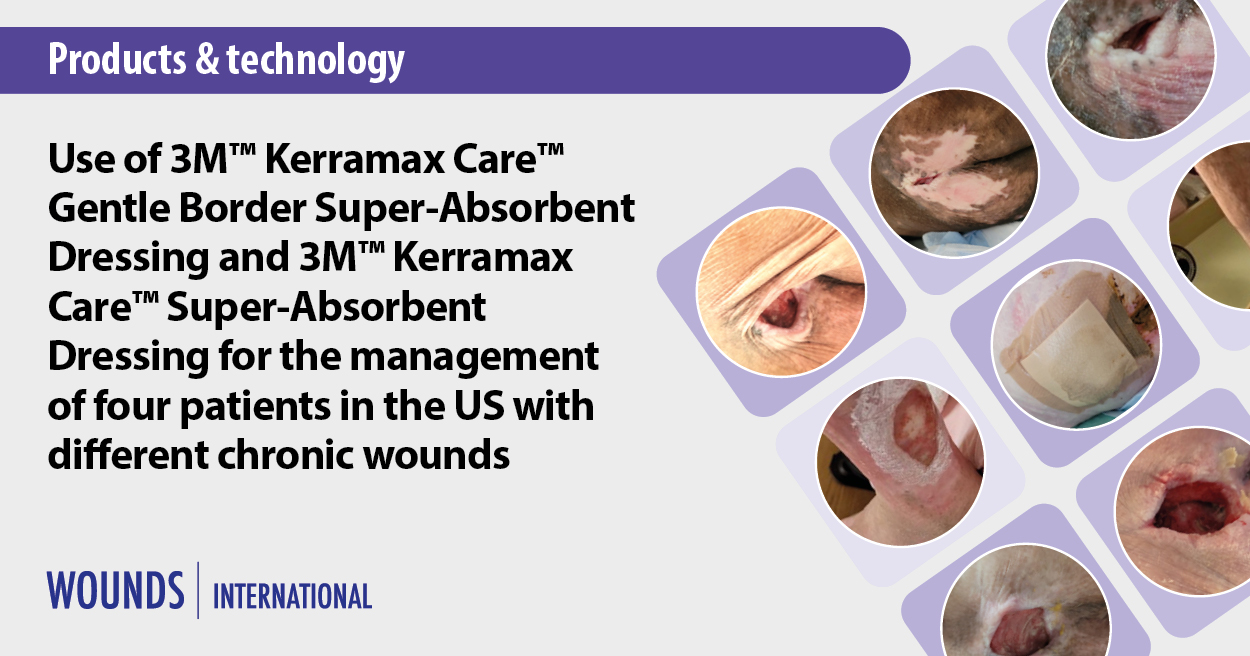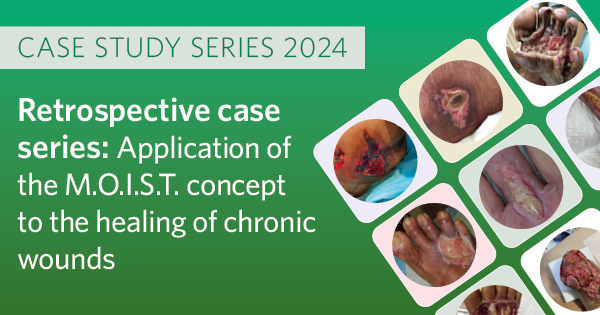<p>The past three decades have seen an increasing awareness of the complexity of wound care. Quality of life questionnaires have become an accepted part of a full patient assessment in many specialist clinics, providing some guiding clarification for clinicians and patients with regards to the web of physical, mental and social factors that impact the healing process. Historically, factors identified as being associated with delayed healing have been largely physical: wound size, depth, location, age of the wound and the presence of infection and/or a heavy bioburden. The age of the individual is seen as significant, as older patients tend towards polypharmacy due to comorbidities. Ulceration is not limited to older people, however, and younger patients may suffer many of the same life-limiting changes related to wounds as their older compatriots.</p>






